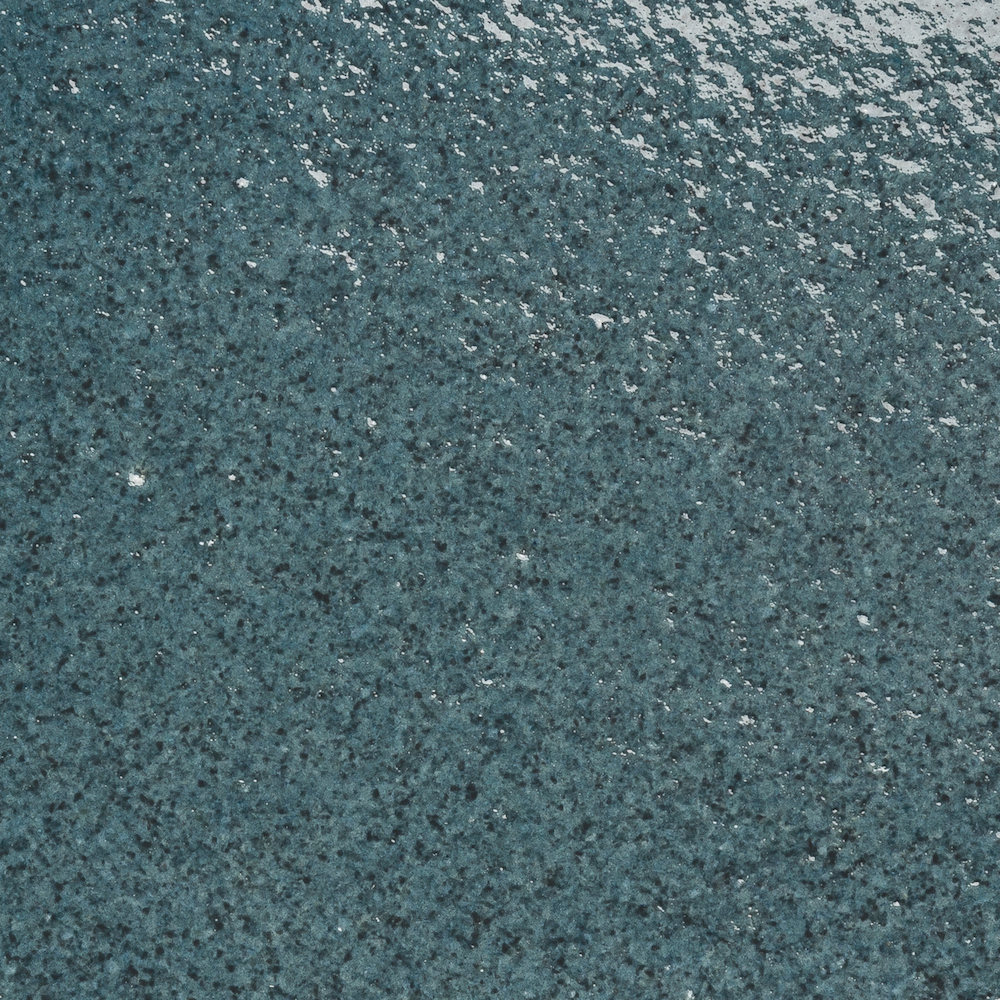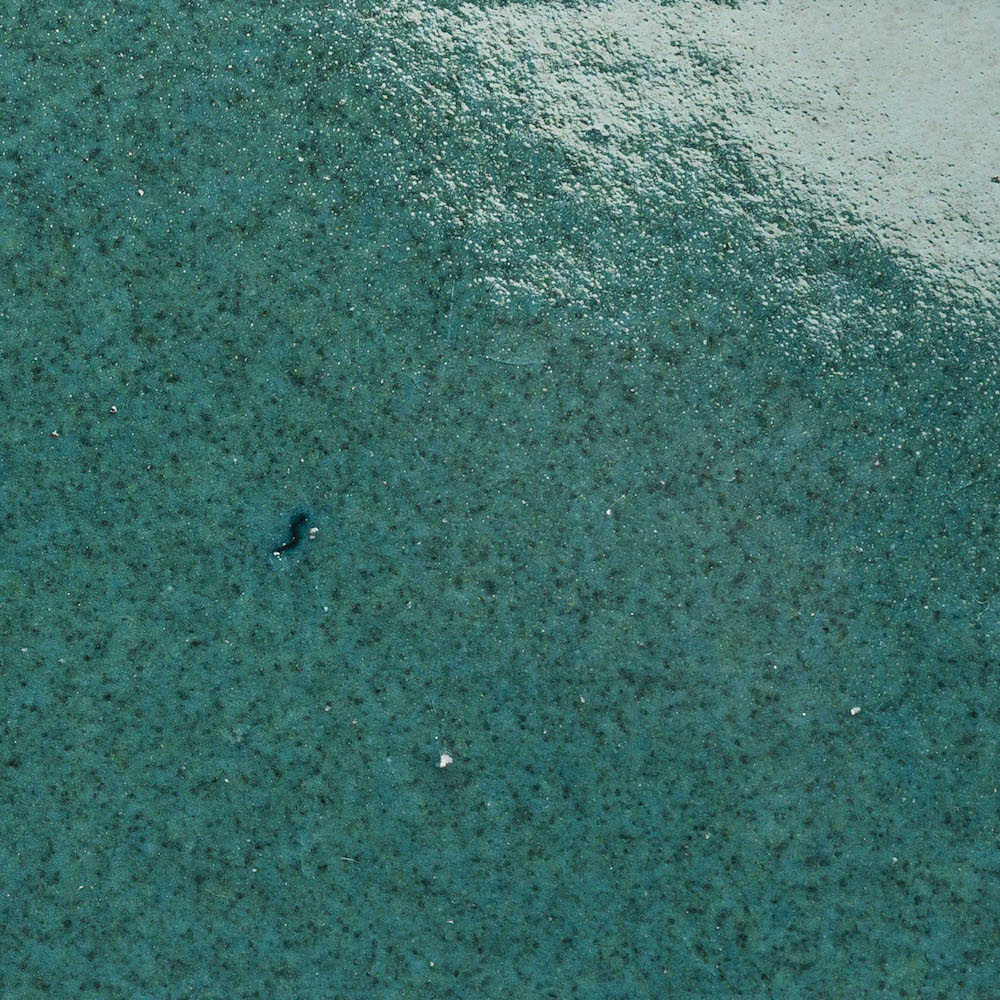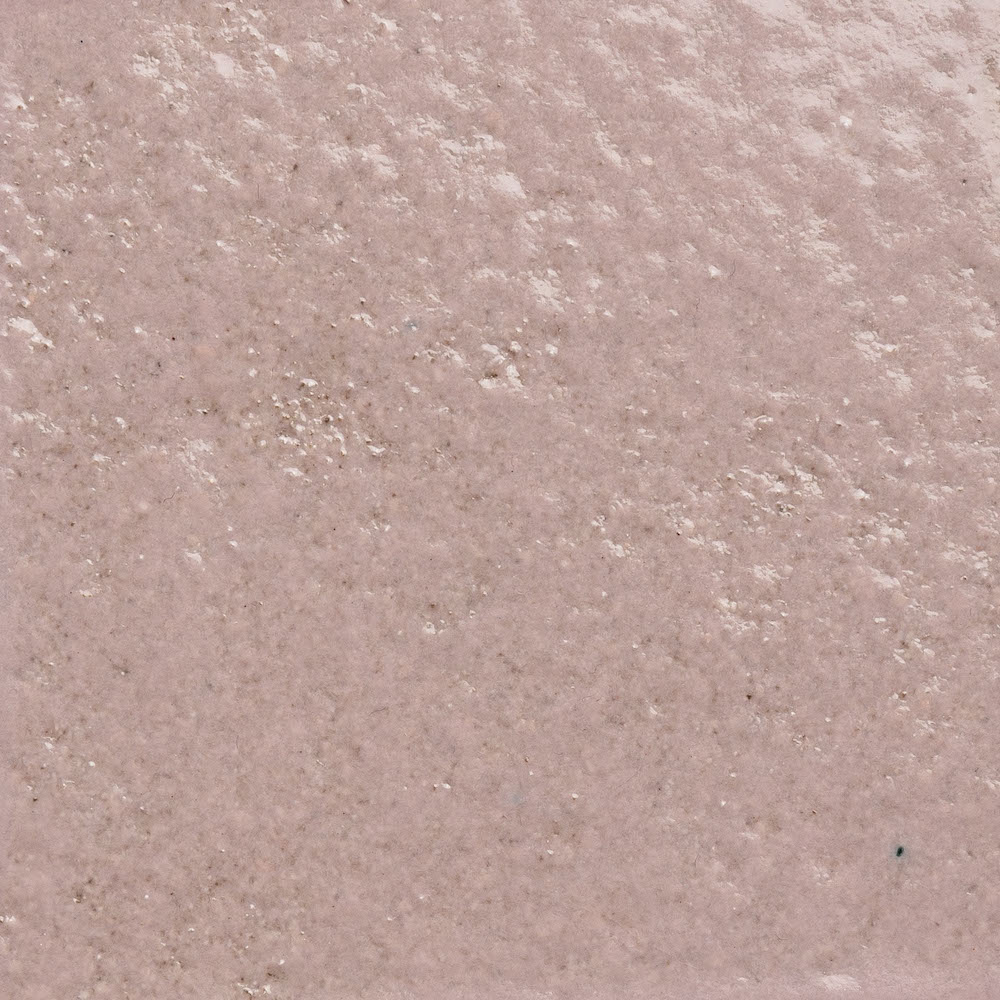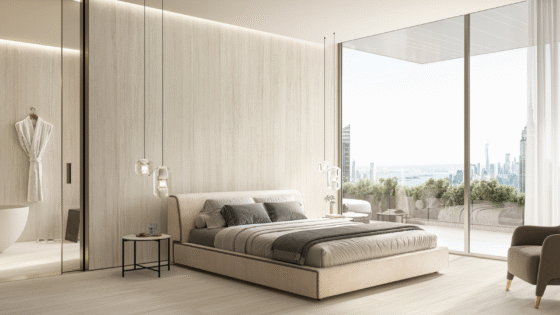Ahead of their panel discussion at the Surface Design Show next week, editor Hamish Kilburn and Parkside Architectural Tiles’ architectural consultancy manager Fraser Lockley discuss sustainable surfaces in hotel design…
Design is all around us, and we interact with it from the moment we get up in the morning, through our working day and into leisure time.

Design is a reflection of society and impacts on how we interact in our daily lives. The way in which buildings and spaces are designed has the potential to greatly impact the wellbeing of those interacting with it, so to promote biophilic design seems a given.
Ahead of hosting a panel discussion (February 13 at 12:30pm on the Main Stage) at the Surface Design Show next week, I caught up with one of my panelists early to understand, from a suppliers perspective, how designers’ methods for injecting biophilic design into projects is allowing new possibilities to emerge in surface design.
Hamish Kilburn: What makes biophilic design more than just a trend?
Fraser Lockley: The ideas and principles of biophilic design have been around for many years, it is only the term that has come to the forefront of the design world more recently. The use of natural materials was a foundation for many of the classic societies (Egyptians, Greeks etc), so biophilic design is definitely not a new trend. It’s more a return to exploring the use of natural shapes, colours, textures and patterns as well as sustainable materials and interpreting these to modern designs and how they impact on end users.
HK: Can you explain what Parkside is looking for when it investigates new materials?
FL: We are always looking for opportunities to bring new products to the interiors and A&D sector. Our Sequel range is a great example, using recycled glass and ceramics normally discarded in the sanitary products manufacturing process, we were able to offer a great looking tile that appealed to the aesthetic requirements of clients while embracing sustainability and a biophilic ethos.
“While 15-20 years ago the idea of using recycled content was associated with inferior or cheaper products, now producers are more comfortable in declaring the resourcing of products to create new tiles.” Fraser Lockley, architectural consultancy manager at Parkside Tiles.
HK: What would you say are the least sustainable materials available in the marketplace?
FL: Sustainability can be measured in various ways, so it is not always easy to pinpoint exact materials, for example some materials may be more energy intensive to produce but then have a much longer product life than sustainably produced equivalents. In addition, products that stand the test of time in terms of look and performance could arguably be more sustainable over something very niche and on-trend for a particular timeframe. For us, it’s about achieving a balance across all of these and providing products that have a long-term design, good product life and made without over-exploiting earth’s natural resources.
HK: How is technology unlocking the potential for designers to affordably access sustainable tiles?
FL: Digital printing technology means that a majority of looks, finishes and styles can be replicated onto tiles, thereby protecting valuable natural resources such as marble, slate, quartz etc. It’s worth bearing in mind that tiles are generally long-lasting and hardwearing. In fact, tiles are only likely to be removed because someone wants to change them rather than through necessity. Looking around modern-day London, our tube stations are testament to some of the iconic tiles from the 1900s that are still in use today.
- Alusid Shoreditch Blue, Parkside Tiles
- Alusid Greenwhich Green, Parkside Tiles
- Alusid Paddington Pink, Parkside Tiles
HK: How many of Parkside’s tiles would you consider to be sustainable?
FL: With the longevity that tiles provide we consider tiles to be a sustainable option for exterior and interior finishes. Many of the major manufacturers are using a percentage of recycled content within their production processes. While 15-20 years ago the idea of using recycled content was associated with inferior or cheaper products, now producers are more comfortable in declaring the resourcing of products to create new tiles.
HK: How can designers on a budget sensitively inject biophilic design in public areas?
FL: Designers can concentrate on one or two of the biggest elements of a project that will impact on the overall design, this could be key features or focusing on particular aspects like the lighting or flooring and sourcing one or two products that embrace the biophilic ethos. This one change may seem small but incorporating even just a single element can have an impact on how the end user interacts with public areas.
HK: In your role, how has demand for sustainability increased in recent years?
FL: There has been a massive increase! Architects and designers continue to incorporate sustainability within their projects and the latest generation of designers have been introduced to sustainability from the start of their careers, so we predict continued demand for new products that address these practises.
HK: What are the consumer benefits of biophilically designed tiles?
FL: Any biophilic design which helps end users connect with nature while inside, provides the benefits of reducing stress, supporting wellbeing, and helping with performance in an ever-hectic environment.
Hotel Designs’ Hamish Kilburn will host the panel discussion entitled: Biophilic Materials in Surface Design. He will be joined on the sofa by Fraser Lockley (architectural consultancy manager at Parkside Architectural Tiles), Jeremy Grove (Managing Director of Sibley Grove) and Richard Holland (Director of Holland Harvey Architects).







